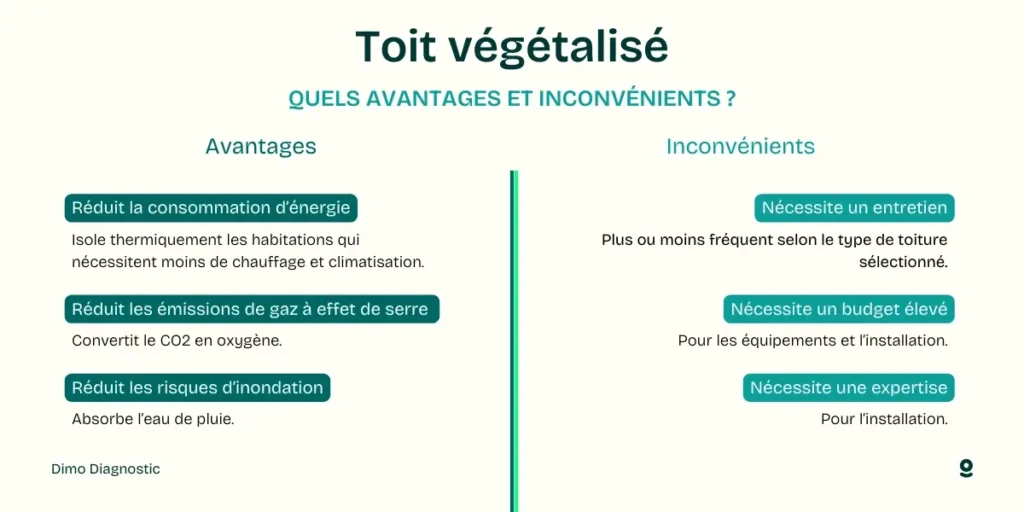The phenomenon of interfacial adhesion plays a key role in the efficiency of thermoelectric cooling, particularly for 3D printed materials. By optimizing the connection between the different layers of materials, heat transfer can be improved, thereby enabling optimal operation of thermoelectric devices. This synergy between adhesion and cooling has opened the door to significant advancements, redefining application prospects in various fields ranging from electronics to sustainable energy.

Table of Contents
ToggleInterfacial Adhesion and Thermoelectric Cooling
The concept of interfacial adhesion plays a crucial role in the field of thermoelectric materials, particularly when it comes to 3D printed materials. These materials must establish strong bonds to optimize heat transfer. When adequate adhesion is achieved, thermal properties are enhanced, leading to more efficient thermal management. This results in improved heat dissipation capabilities, essential for the performance of modern electronic devices. Innovations around thermal interface materials (TIM) are therefore vital to address thermal challenges and ensure that devices remain functional even under heavy loads.
Role of Thermal Interface Materials
Thermal interface materials (TIM) are essential to maximize thermal efficiency in systems utilizing Peltier elements. By filling microscopic gaps between surfaces, TIMs enhance the thermal conductivity that ensures effective cooling. By maintaining optimal temperatures, these materials reduce performance loss of components. Recent advancements in 3D printing technologies allow for the design of these materials with even greater precision, paving the way for creative solutions that result in high-quality finished products. Particular attention to adhesion and the formulation of materials has led to significant improvements in the thermal performance of devices.
Future Perspectives and Innovations
The field of 3D printed materials and interfacial adhesion is undergoing a transformation with the introduction of new additive manufacturing techniques. These innovations, combined with ongoing research on thermal materials, promise to deliver more sustainable and high-performing solutions for cooling systems. For instance, the implementation of new resin formulations could facilitate adhesion between layers, improving heat transfer. Stay tuned for emerging trends that will transform this sector by offering more reliable and efficient products.
















